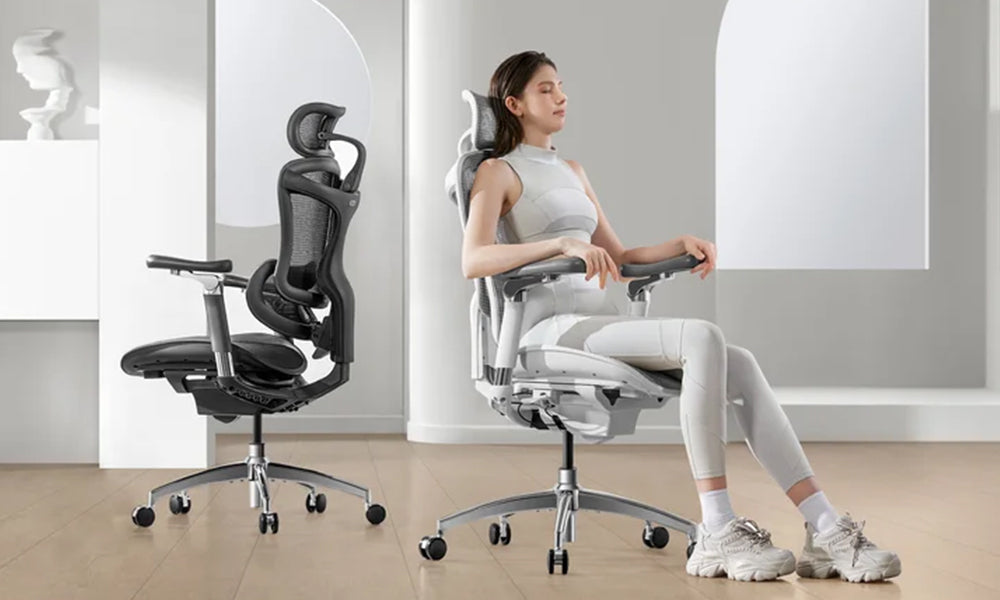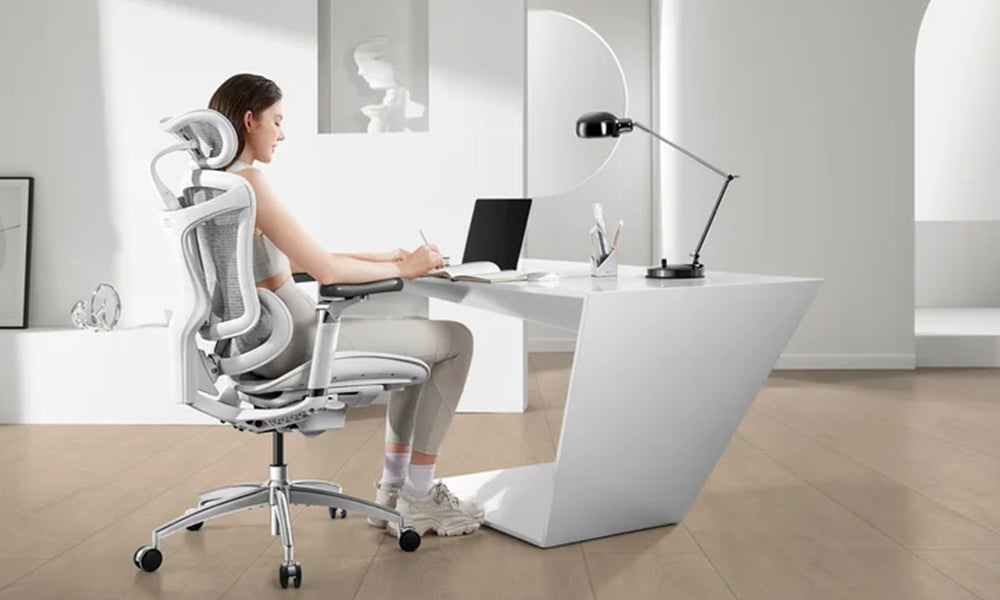The standing desks have surged in popularity as more individuals seek to improve their health and productivity in the workplace. Advocates tout numerous benefits, from reducing the risk of chronic diseases to enhancing posture and energy levels. However, amidst the fervor for this ergonomic solution, questions linger: Are standing desks truly beneficial for everyone, or do they come with their own set of drawbacks? In this comprehensive exploration, we delve into the science behind standing desks, weighing their advantages and disadvantages to determine whether they are indeed a boon for overall well-being.
Understanding Standing Desks
Before diving into the potential health impacts, it's crucial to understand what standing desks entail. A standing desk, also known as a stand-up desk, is a workstation specifically designed to be used while standing, rather than sitting in a traditional chair. These desks typically feature adjustable heights to accommodate different users' preferences and can be used in conjunction with standing desk converters or treadmill desks for added flexibility.
The Benefits of Standing Desks
Improved Posture: One of the primary advantages of standing desks is their ability to promote better posture. When standing, individuals tend to engage their core muscles and maintain a more upright position, reducing strain on the neck, shoulders, and lower back.
Reduced Risk of Chronic Diseases: Prolonged sitting has been linked to an increased risk of various health conditions, including obesity, type 2 diabetes, and cardiovascular disease. By incorporating periods of standing into the workday, individuals may mitigate these risks and improve their overall health.
Increased Energy and Productivity: Advocates of standing desks often report feeling more alert and productive while standing compared to sitting for extended periods. The act of standing can promote better circulation and prevent the mid-afternoon slump commonly experienced after long periods of sitting.
Potential Calorie Burn: While the calorie-burning benefits of standing versus sitting may be modest, every little bit counts. Standing desks can contribute to a more active lifestyle by encouraging individuals to move and shift positions throughout the day, potentially leading to long-term weight management benefits.
Potential Drawbacks of Standing Desks
Musculoskeletal Strain: While standing can alleviate pressure on certain areas of the body, it can also lead to its own set of issues, including musculoskeletal strain. Prolonged standing without adequate support or breaks can cause discomfort in the feet, legs, and lower back, potentially exacerbating existing musculoskeletal conditions.
Fatigue and Discomfort: Standing for extended periods may lead to fatigue and discomfort, especially for individuals who are not accustomed to it. Without proper footwear and anti-fatigue mats, standing can put additional stress on the feet and joints, leading to soreness and reduced productivity.
Varicose Veins and Circulation Issues: While standing can improve circulation compared to sitting, it can also contribute to varicose veins and other circulation-related problems, particularly if individuals have preexisting conditions or genetic predispositions.
Potential Decrease in Focus and Concentration: While some individuals may experience increased productivity while standing, others may find it difficult to concentrate or focus for prolonged periods without the support of a chair. This could potentially negate any productivity gains associated with standing desks.
Finding a Balance
Despite the potential drawbacks, standing desks can be a valuable tool for promoting a healthier and more active lifestyle, especially when used in conjunction with other ergonomic solutions. To maximize the benefits while minimizing the risks, it's essential to find a balance that works for individual needs and preferences. Here are some tips for integrating standing desks into the workplace effectively:
Gradually Increase Standing Time: Rather than jumping into standing for the entirety of the workday, start by gradually increasing standing intervals and taking frequent breaks to sit or move around.
Invest in Proper Ergonomic Accessories: Invest in supportive footwear, anti-fatigue mats, and ergonomic accessories such as monitor stands and keyboard trays to ensure comfort and reduce the risk of musculoskeletal strain.
Alternate Between Sitting and Standing: Incorporate a mix of sitting and standing throughout the day to prevent fatigue and maintain focus. Use height-adjustable desks to easily transition between positions as needed.
Listen to Your Body: Pay attention to your body's cues and adjust your workstation accordingly. If you experience discomfort or fatigue while standing, take breaks to sit or stretch to alleviate tension and prevent overexertion.
Conclusion
In conclusion, standing desks offer a myriad of potential benefits for promoting health and productivity in the workplace. From improving posture and reducing the risk of chronic diseases to increasing energy levels and calorie expenditure, the advantages of standing desks are well-documented. However, it's essential to approach their use with caution and awareness of potential drawbacks such as musculoskeletal strain, fatigue, and circulation issues. By finding a balance that works for individual needs and incorporating ergonomic accessories and habits, individuals can harness the benefits of standing desks while mitigating potential risks, ultimately leading to a healthier and more productive work environment.



